Hellblade
“This is the best game I’ve ever played!”
—me, finishing Hellblade: Senua’s Sacrifice.
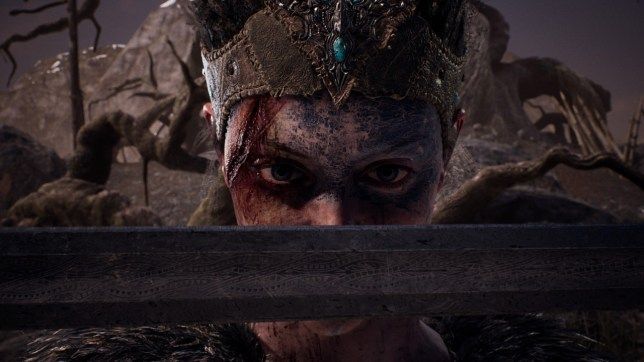
Now, it wasn’t the first time I had uttered these words. Other titles got the same post-credits praise:
- The Last of Us
- God of War
- Metal Gear Solid 4 & 5
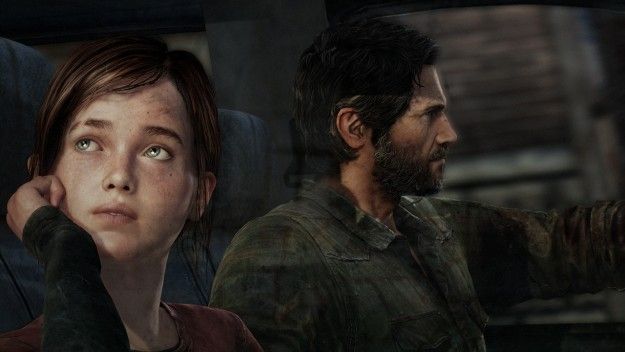
The Last of Us gutted the lines between cinema and gaming. It maxed out my emotional involvement with a story and characters.
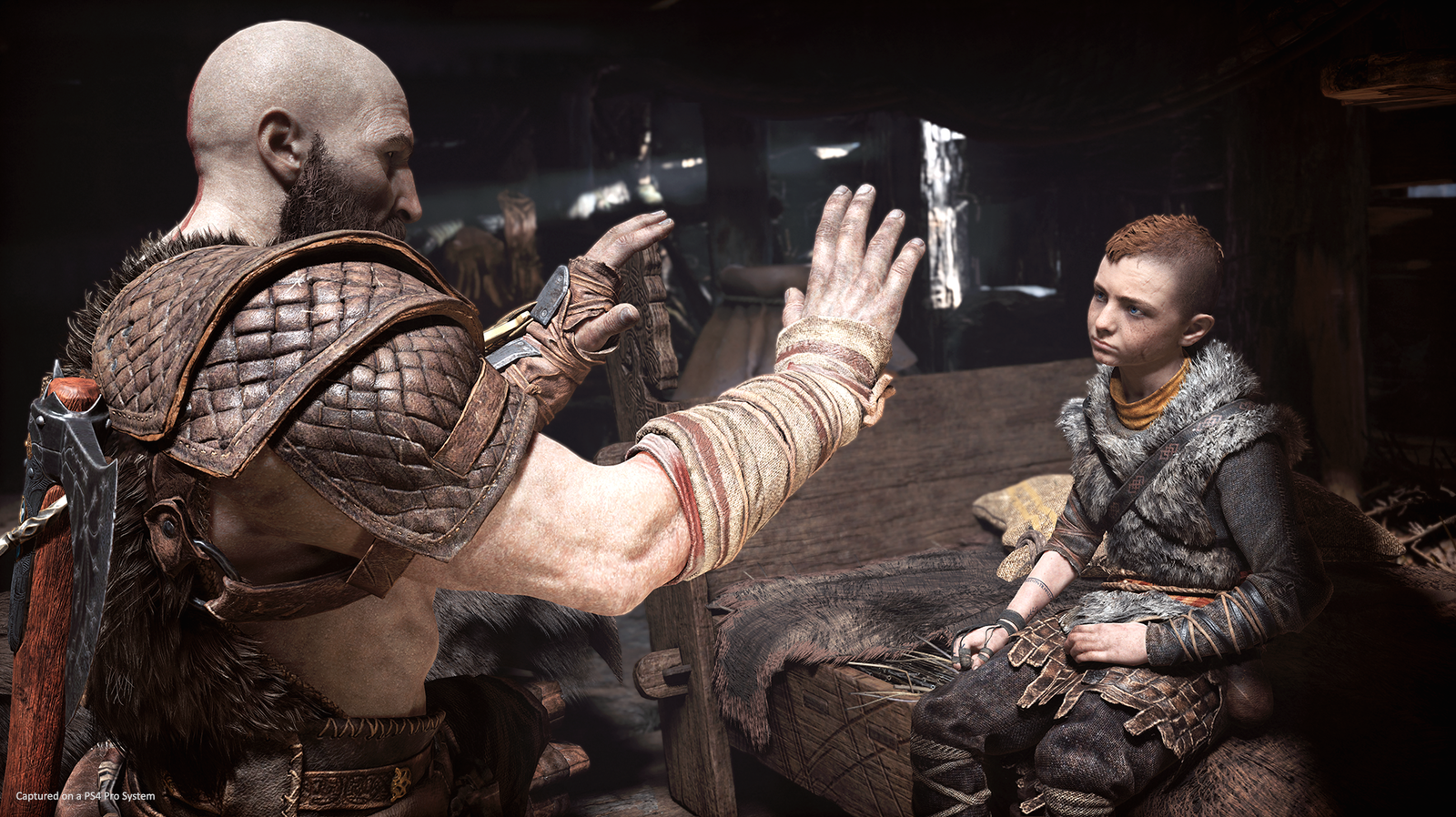
God of War was a single shot glimpse into the future of games. It stroke a near-perfect balance between lore, fights, story, and exploration.
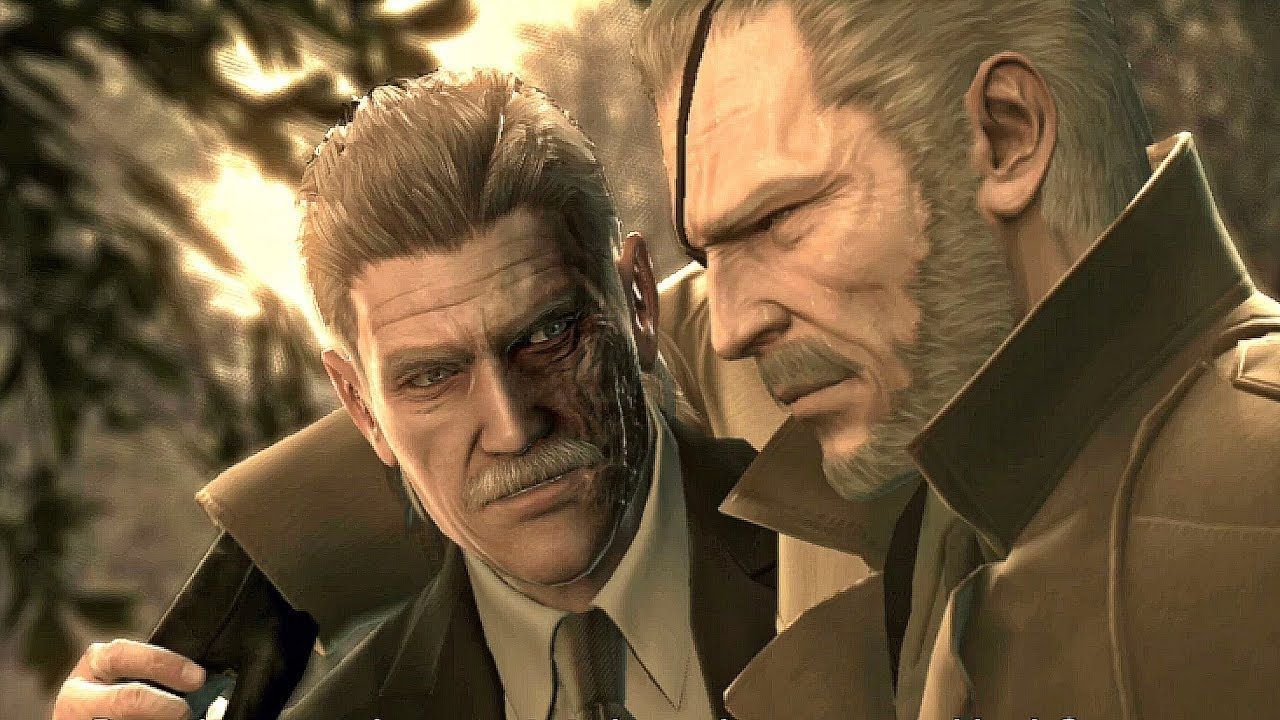
Metal Gear was a masterpiece of creative storytelling and world-building. Anchored in crisp game mechanics, it was a profound critique and celebration of war.
All these games spoke to my boyish imagination: apocalypse, mythology, soldiers, etc.
To varying degrees, they all transfigured then crystallized parts of the human experience.
But none of them did it as poignantly as Hellblade.
Myths & madness
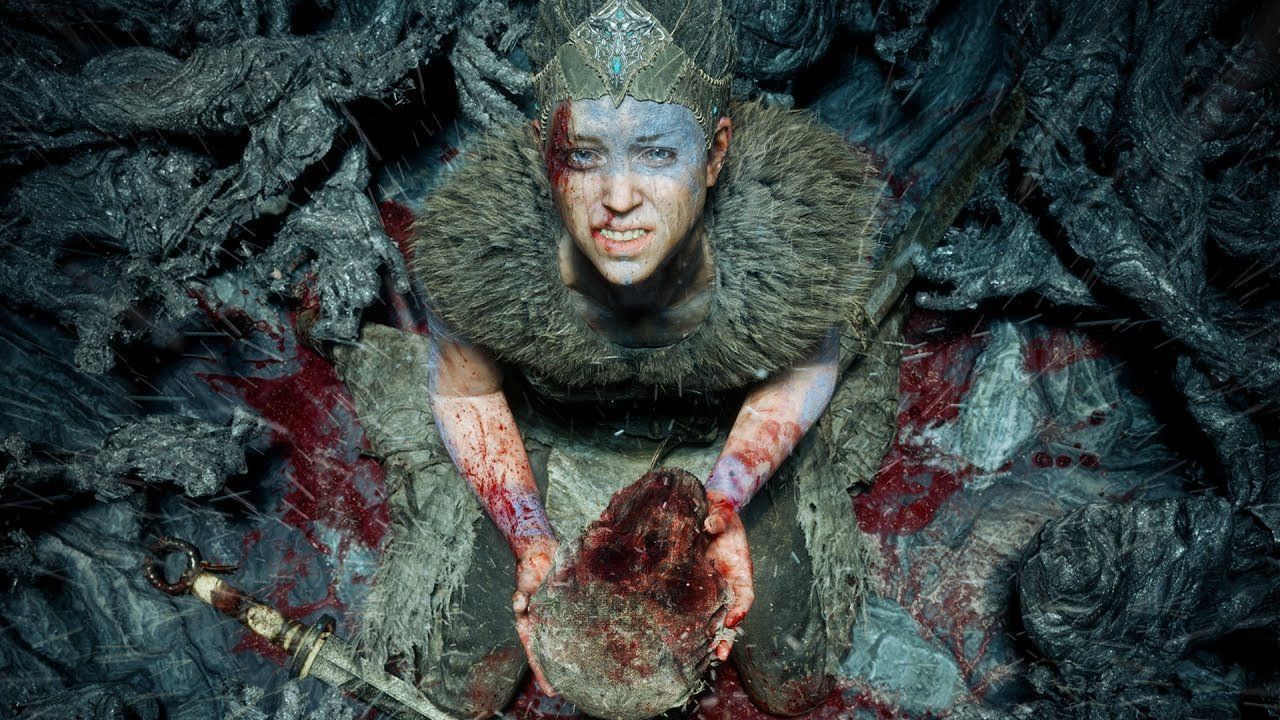
Hellblade takes place in a Norse setting. It follows Senua, a young Pict warrior plagued by mental health issues and trauma.
Senua suffers from psychosis. She hears voices, sees demons. After Vikings raid her village and slay her fiancé, she embarks on a journey of sorrow and madness. Her goal: liberating the soul of her lover, imprisoned in Helheim (Norse hell).
The crux of that journey takes place inside Senua’s mind.
Unlike physical injuries, mental suffering is usually invisible. Here, the art of games lets the developers, Ninja Theory, pull a clever trick on the player. The team shapes Senua’s inner suffering into a captivating audio-visual experience.
That’s a trick I never could pull in my personal life. I tried countless times to explain my anxiety and OCD to friends. It failed every time. I can’t literally bring you on escalating rides of catastrophic crescendos. I can’t make you the hero of my hypothetical, irrational, existential scenarios.
But Hellblade can. Here’s how it does it:
1. It draws on neuroscience.
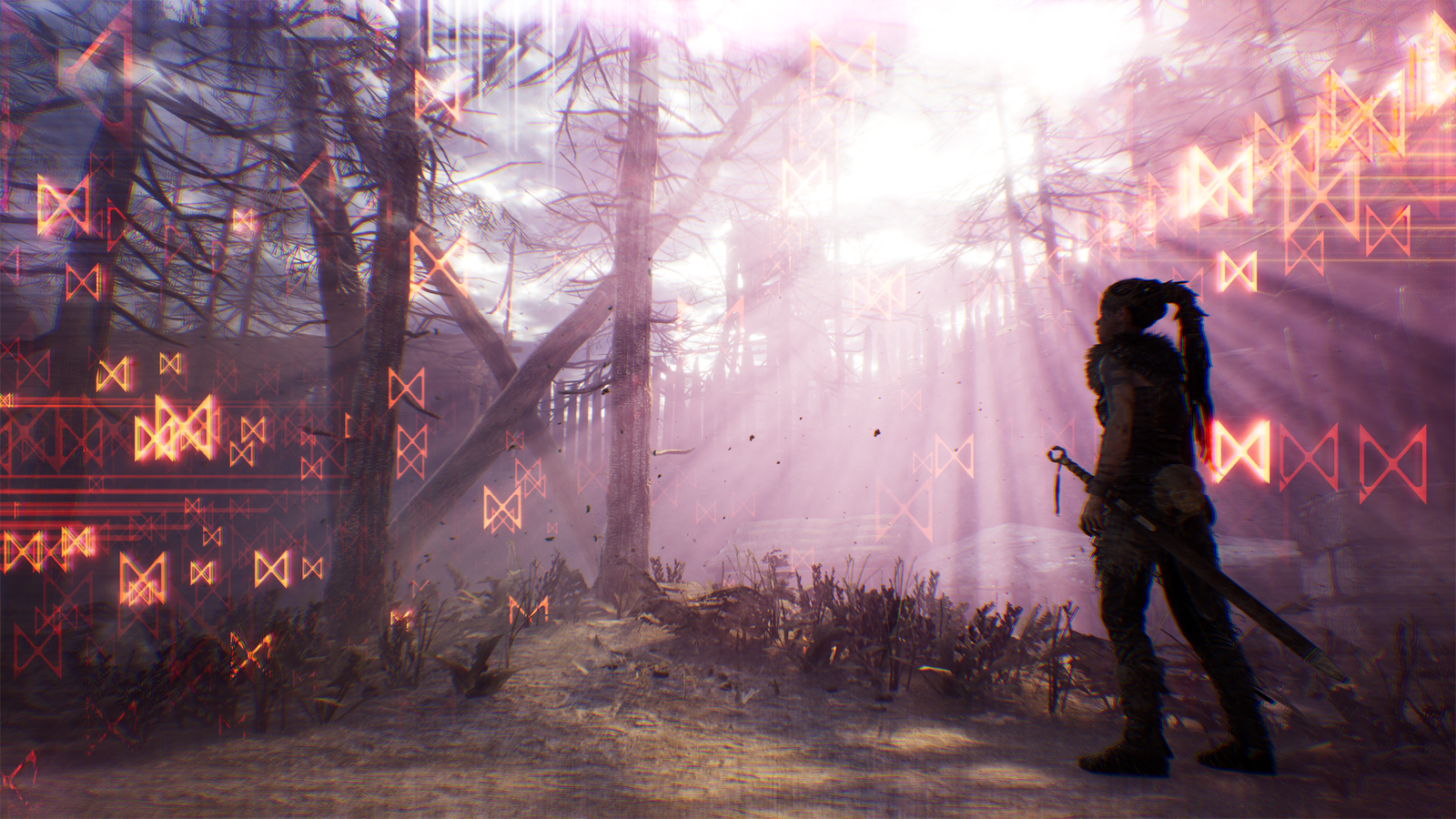
Ninja Theory consulted with actual neuroscientists and patients having experience with psychosis. That real-world knowledge bleeds into the gaming experience. You act like a psychotic person would: seeing patterns, hearing voices, swinging between despair, rage, and paranoia.
2. It gives form to inner sufferings.
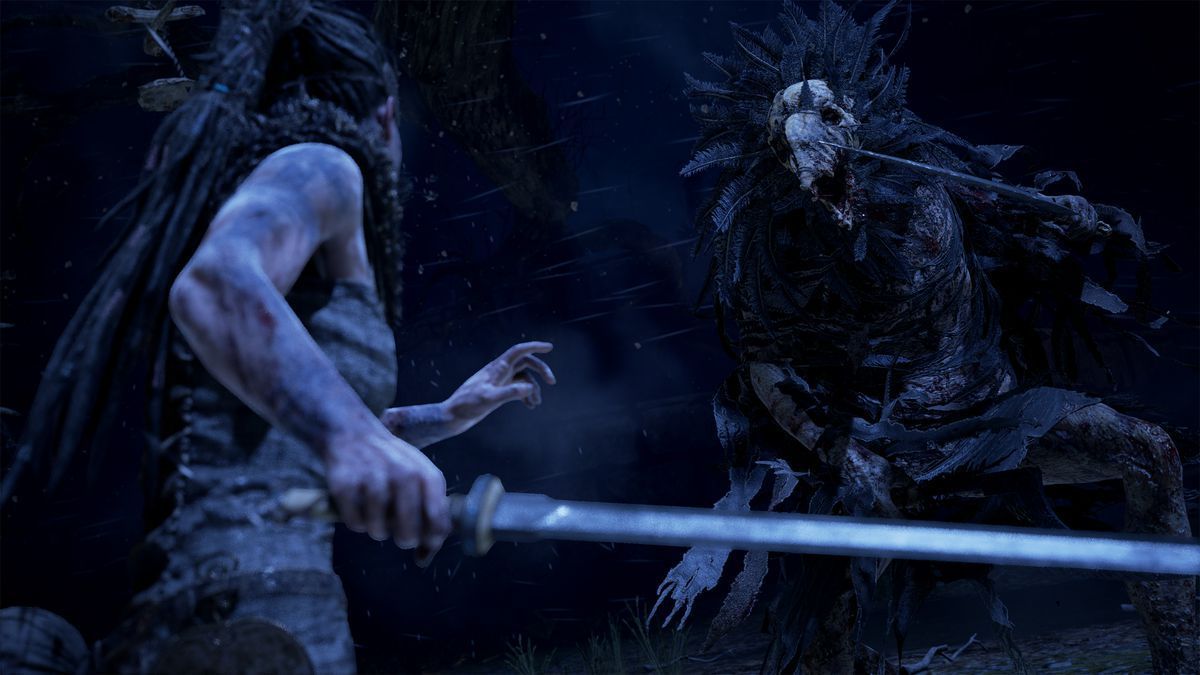
Monsters and gods have haunted our collective psyche for millennia. We have created them to put names and faces on our fears. Hellblade deploys this narrative device with force.
Senua’s hallucinations are variations of the Other. Having missed the raid on her home, she has not seen the Northmen. All she has heard are scary tales of their pantheons and rituals. Her imagination thus goes into overdrive, fast.
No wonder Senua’s grief-ridden, psychosis-fuelled journey takes place in their world. Half-men, half-demons ambush her, while deceiving Norse gods play tricks on her.
The power of these creatures comes from their physicality. They embody Senua’s struggles. We can see them. And when you can see something, it’s much easier to fight it
3. It emphasizes stigma.
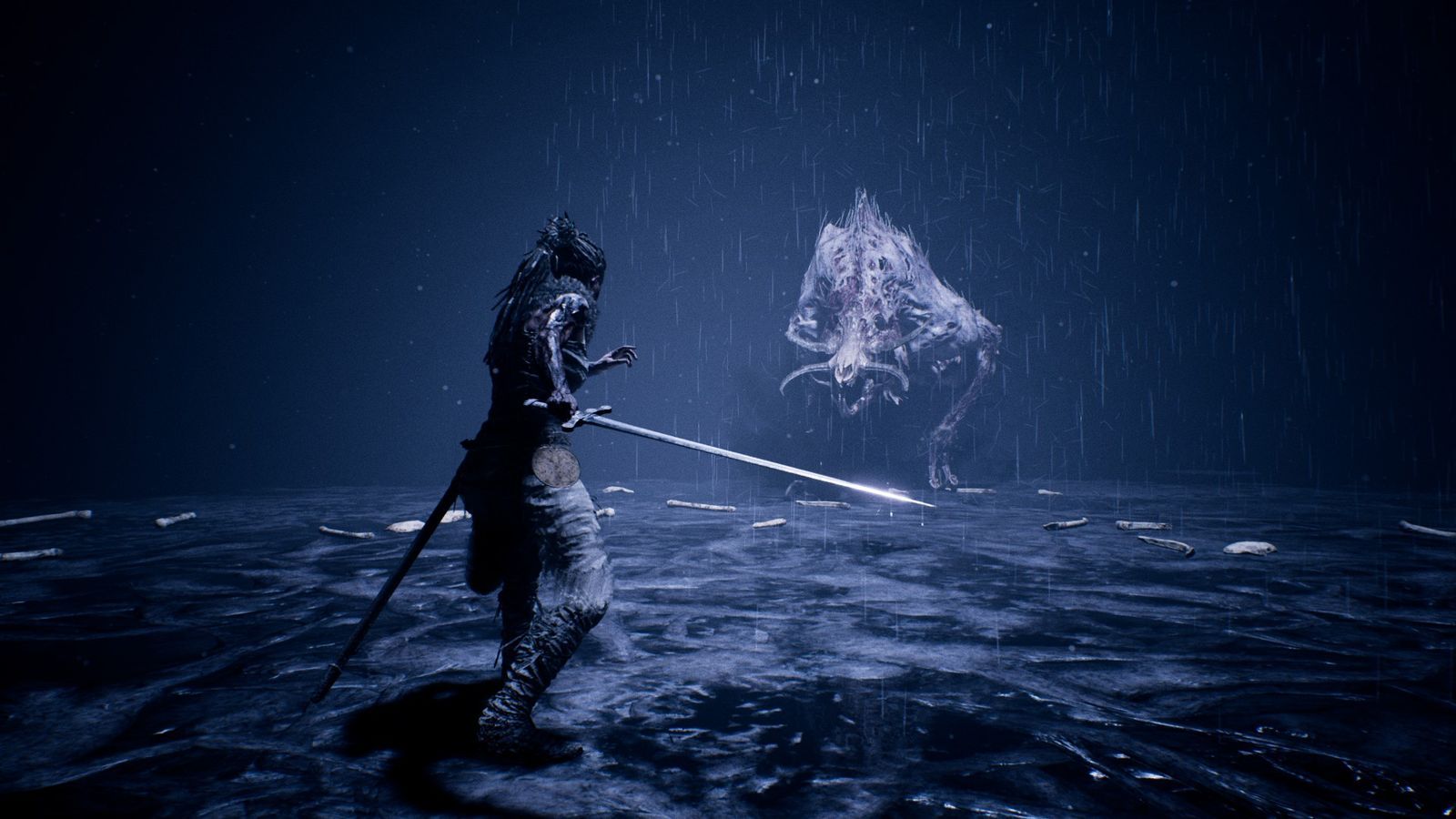
Through cut-scenes and dialogue, the studio injects a realistic dose of stigma into Senua’s story.
Why is this important? Because stigma is still one of the hardest byproducts of mental illness. It alienates and isolates. It severs ties with close ones—connexions that could help with healing and belonging.
In Hellblade, we learn how Senua’s mother suffered from the same “darkness”—visions and voices. We also discover how her kin has shunned and demonized that hereditary ailment.
4. It embraces individual suffering.
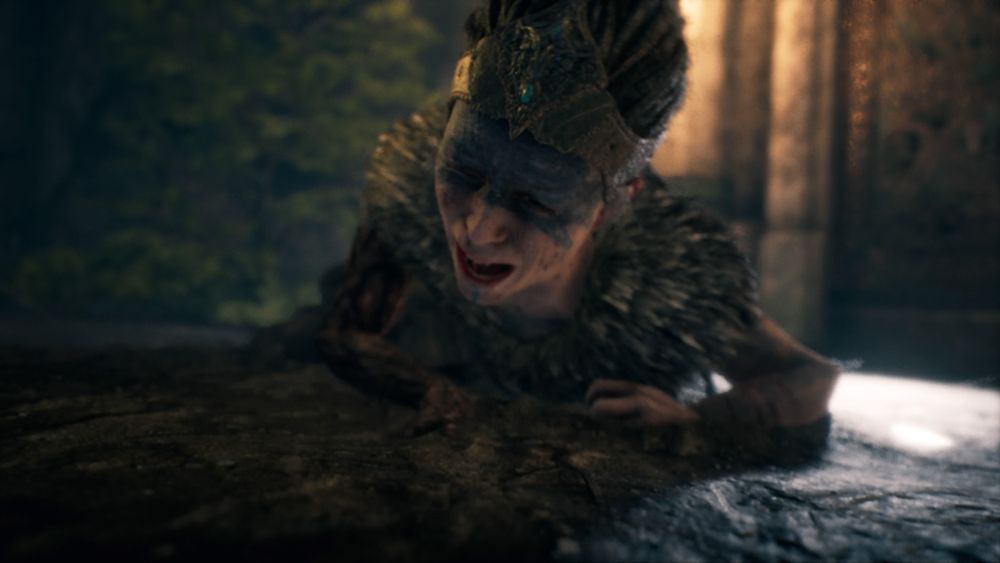
Actress Melina Juergens brings the suffering home too many times to count. From slight unease to full mental breakdown, she makes us feel it all. Often through uncomfortable, close-up camera shots.
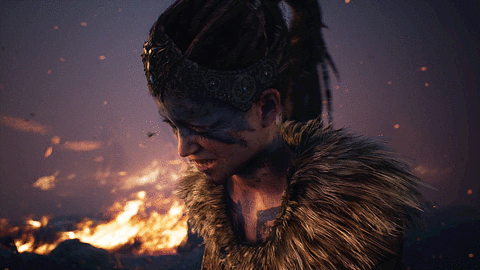
She navigates the spectrum of psychosis with ease. One moment you’re rooting for Senua’s courage, mashing buttons as she destroys her demon visions. The other, you’re inching away from the screen as she snaps at you (and the different voices talking).
5. It gives us a way to fight back.
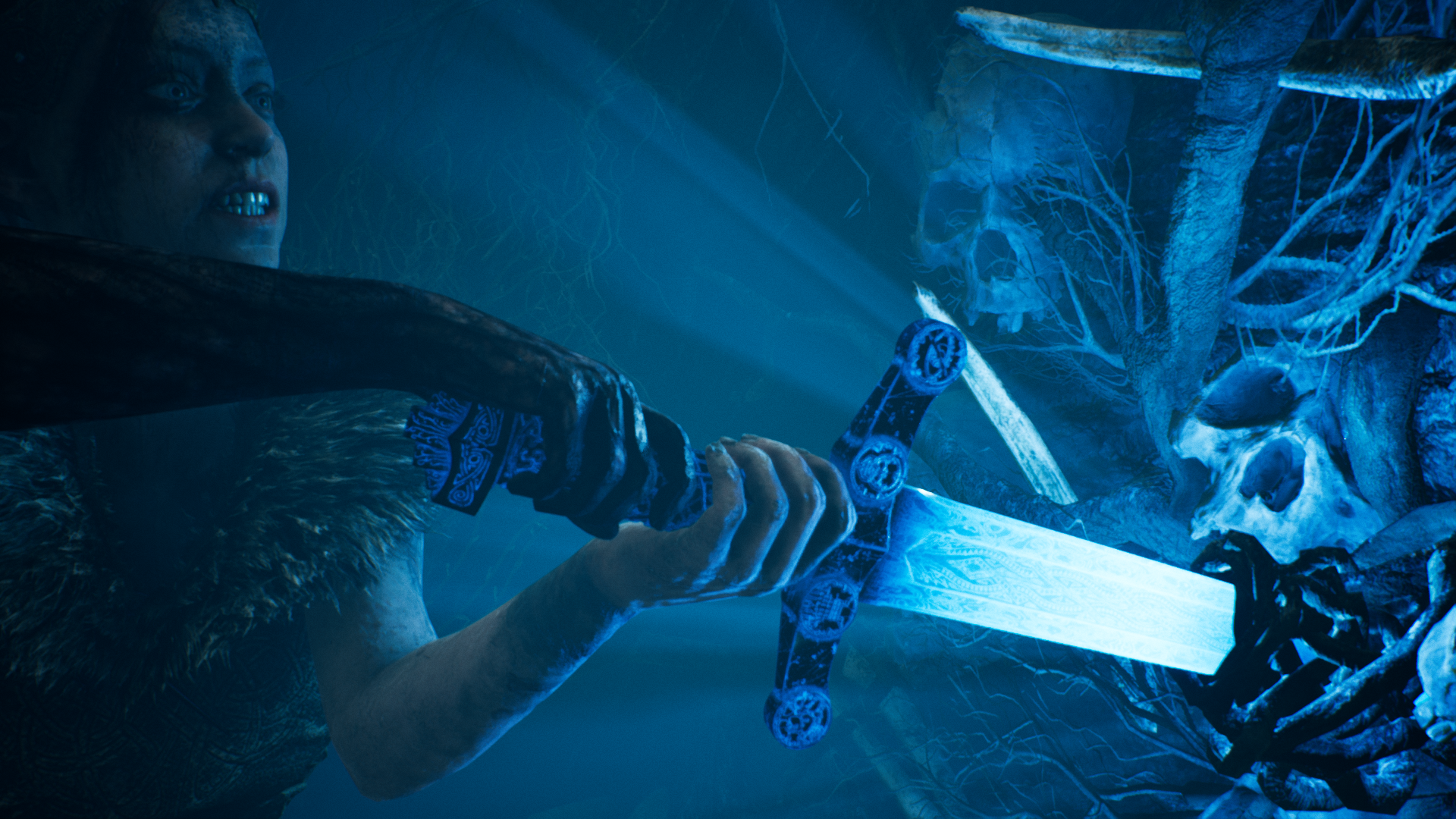
One of the most potent enemies of mental recovery is helplessness. The idea that you cannot help yourself, and cannot be helped, is dangerous.
Thankfully, Hellblade offers a scripted yet redemptive agency. While repetitive, the fights and puzzles give us a feeling of might and potential.
The components of said agency are your sword and positive visions. They draw from real-life sources of meaning: love, friendship, family, and human relationships. This makes them powerful and inspirational, extending them way beyond screen and controller!
For nearly eight hours, Hellblade kept me on the edge of my seat.
Fighting, searching, and suffering alongside Senua was empowering. Emotions ran high during my play-through. My girlfriend kept checking up on me as I gasped, yelled, and sighed.
As mentioned earlier, one central tactic in alleviating mental suffering is eliminating stigma. Talking about our problems and sharing our stories is key. In that sense, we can consider Ninja Theory’s game a tour-de-force in shining a light on mental health issues.
But this game isn’t a mere static spotlight. It is a call to arms.
If we can talk about our demons and see them… then maybe we can stop being haunted and start to fight back.
Hellblade’s most beautiful message? There is glory and meaning in fighting our inner demons.
Whether others see the fight or not.
